by Anna Nguyen
from UC Los Angeles to Hong Kong and Vietnam
My maternal Chinese grandparents lived in Vietnam until the Vietnam War. They then fled to Hong Kong, where they lived in a refugee camp for a year with all seven of their children, before being sponsored to come to the US.
My mother and grandparents never returned to Hong Kong or Vietnam after coming to the US. Growing up, they never spoke about these places. I had little opportunity to learn more about the places my family once called home.
It was only in my early twenties that I started wanting to understand what it meant for me to be Asian. My cultural identity became pushed to the forefront of my mind because of the formative time in my life. I wanted to carve out a sense of self.
My racial identity was the first thing others saw and it had shaped my personality and upbringing, but I felt disconnected from what it meant to be Asian.
While I didn’t know exactly what it meant to be Asian—one thing I did know: I wasn’t Asian enough.
As a first-generation Asian American, I had the notion that being Asian meant speaking Cantonese fluently. I thought that this would somehow make up for what I lacked. My family spoke a mixture of Cantonese and English, and I had some basic understanding of Cantonese, but my comprehension and use of the language diminished upon starting elementary school.
My Journey To Become ‘Asian Enough’
Hong Kong, in my eyes, was a significant key to learning more about my family and my Asian heritage.
While I was an undergraduate student at UCLA, I chose to study abroad at the University of Hong Kong (HKU). The program provided a vital opportunity to learn Cantonese in one of the largest regions where its spoken. That was deeply attractive to me, because I believed that speaking Cantonese would help me to feel more Asian.
I took a Cantonese class at HKU and hoped it would bridge the disconnect I felt with my Chinese culture. By the end of the class, my Cantonese was at a toddler’s level, but nonetheless, I was proud of my ability to haggle with merchants for fish at wet markets and looked forward to impressing my grandparents when I returned to the US.
But something was still missing. Speaking Cantonese didn’t fill the chasm I felt. I still didn’t feel Asian enough.
Continuing my search for identity
I tried eating more Chinese food to help me feel more Asian. But no amount of dim sum, pineapple buns, or BBQ pork could make me feel more Chinese. Perhaps I needed to be closer to my family connections to finally feel Chinese.
I visited Sham Shui Po—the neighborhood my grandparents and their kids lived in when they were refugees in Hong Kong. I walked the city after classes, spoke to new people in my broken Cantonese, and wandered the busy outdoor markets to find a version of myself that was Chinese enough. I imagined that version would feel whole, confident, and grounded in what being Asian meant.
I met extended family who decided to stay in Hong Kong after arriving as refugees. My uncles and their families were generous enough to let me interview them for my Hong Kong Popular Culture final class project on what it meant to be a Hong Konger.
The visit was pivotal for me to learn what makes someone a part of the collective Hong Kong identity—what it meant to be Asian.
I learned that being a Hong Konger is defined by colonization, democracy, Cantonese, and immigration.
The national and ethnic identity of the Hong Kong person is primarily Chinese. Most of its residents are immigrants who fled communism in mainland China or are descendants of immigrants. The collective Hong Kong identity is in flux though, due to changes in immigration and the handover of Hong Kong to China that has led to challenges in democracy.
A dive into my family’s heritage
While abroad, I was also able to meet my extended aunt’s family who stayed in Vietnam after the Vietnam War. They lived in Ho Chi Minh City, where my family had lived and owned a business as one of the largest suppliers of rice in the city.
I remember feeling scared that my aunt would find me out as an imposter based on my imperfect Cantonese; but to my relief, my lack of fluency didn’t impede our ability to connect. She understood some English, and her daughter translated to fill in the gaps.
We visited the Cu Chi Tunnels used in the Vietnam War by the Viet Minh. I thought of my paternal grandfather, who was drafted as a soldier for the Viet Minh. Had he used those tunnels? Where had he been stationed during the war? I visited the building that once housed my family’s rice business and the old family home next door.
It was a relief to realize that my ancestors’ past influences my present. Through understanding the past, I can better understand myself as a culmination of all these events.
Reflecting on study abroad – An Impossible Mission
Meeting extended family was the cultural homecoming that I had expected and wanted from my study abroad experience. I remain grateful for that. But when my trip was over, I didn’t feel any different or more Asian than when I started my journey.
I was trying to fill the missing spots of my Asian identity that I deemed insufficient. This was an impossible mission from the start because of my black-and-white thinking. I am Asian American. The broken Cantonese, the lost customs, and the yearning to be whole are a part of the experience of being a first-generation Asian American.
My mission to feel or become more Asian was impossible from the start because I was already Asian enough!
No amount of Cantonese classes, Chinese food, or walking the streets of Hong Kong would ever be enough because my concept of what it meant to be Asian was flawed.
My cultural identity isn’t one or the other; it is both Asian and American. And finally, I understand. I am Asian enough, exactly as I am.


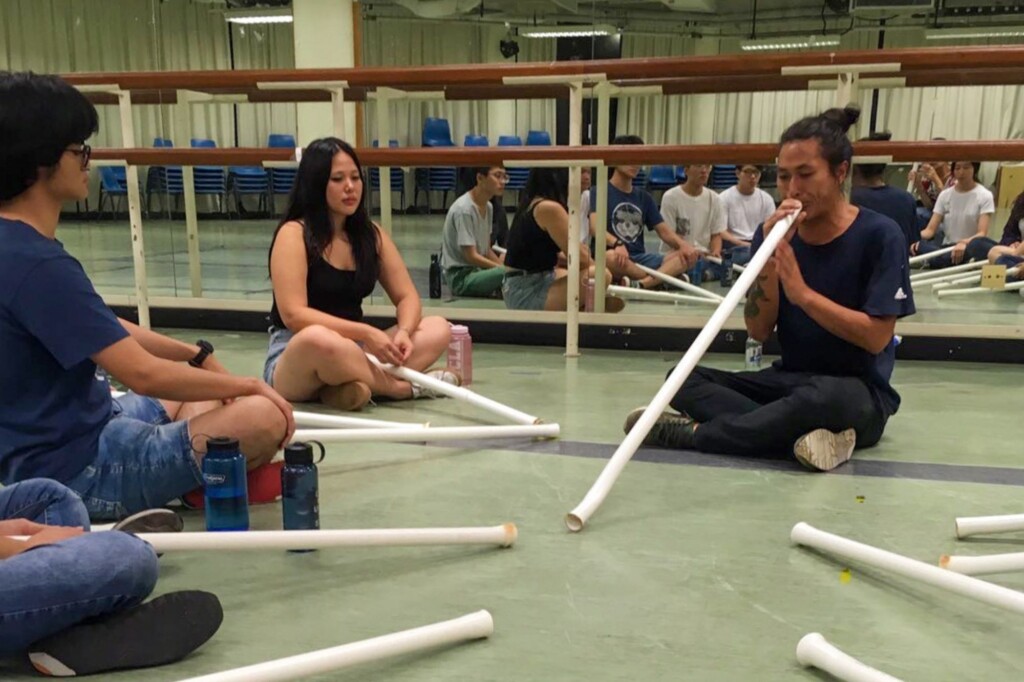
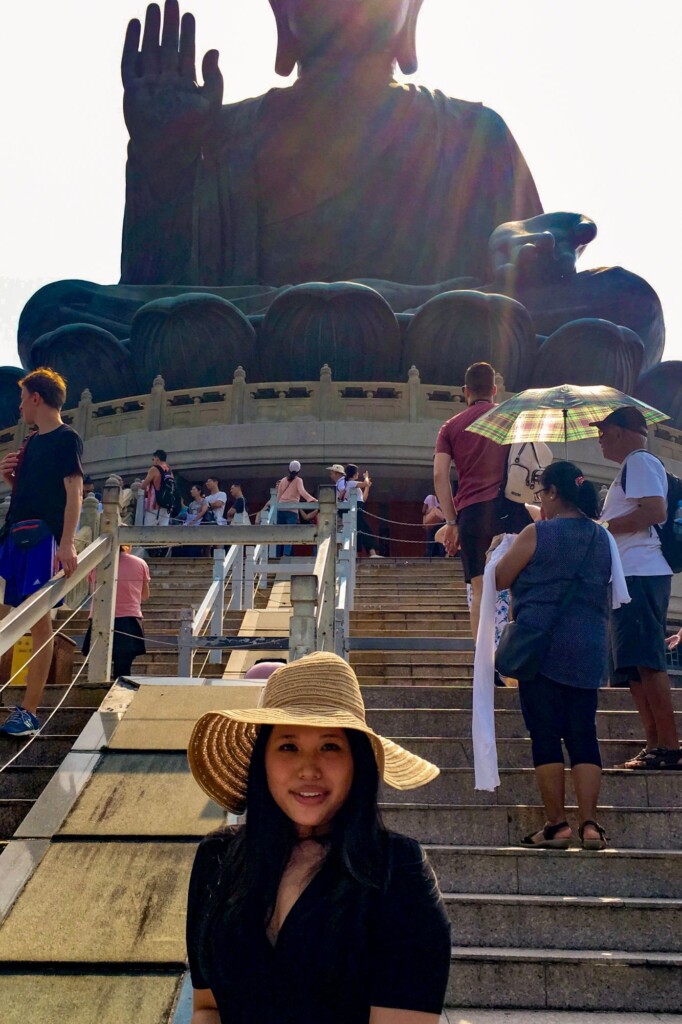
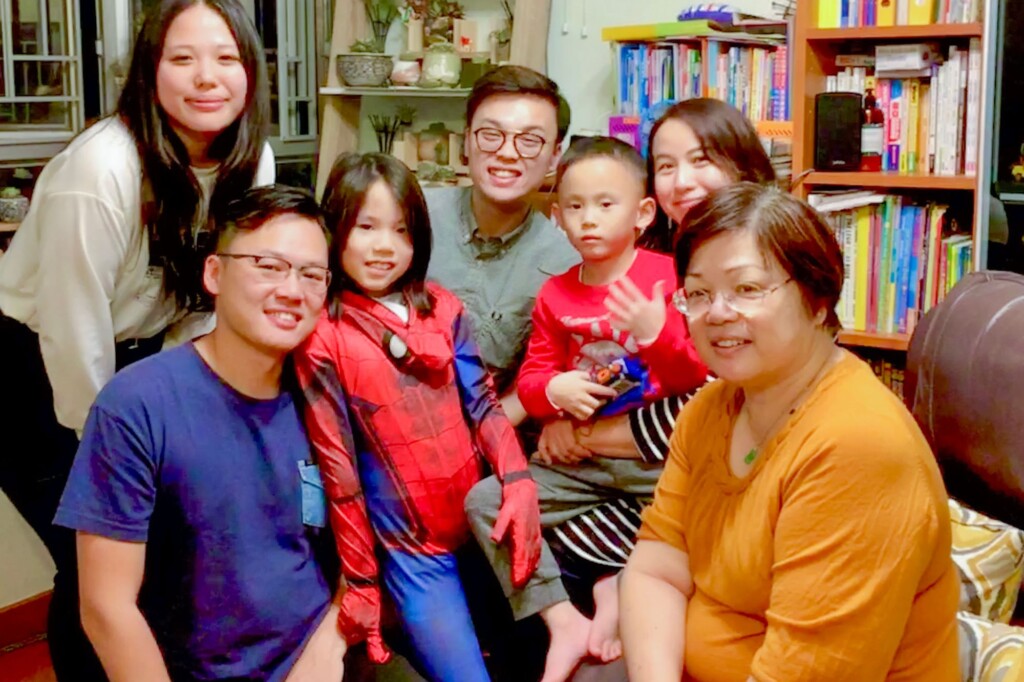
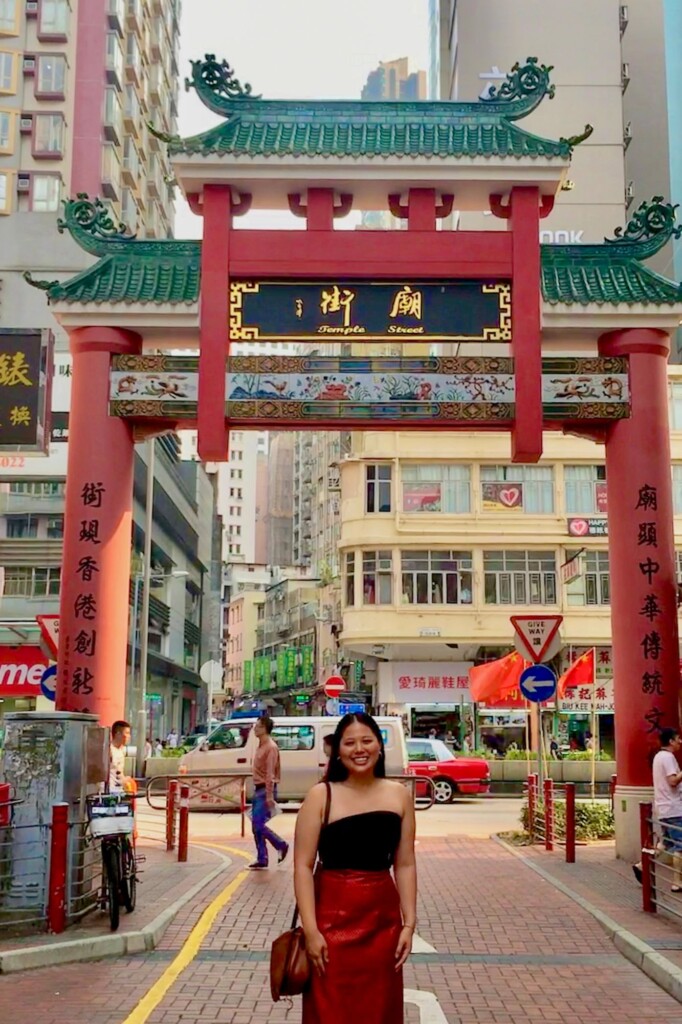
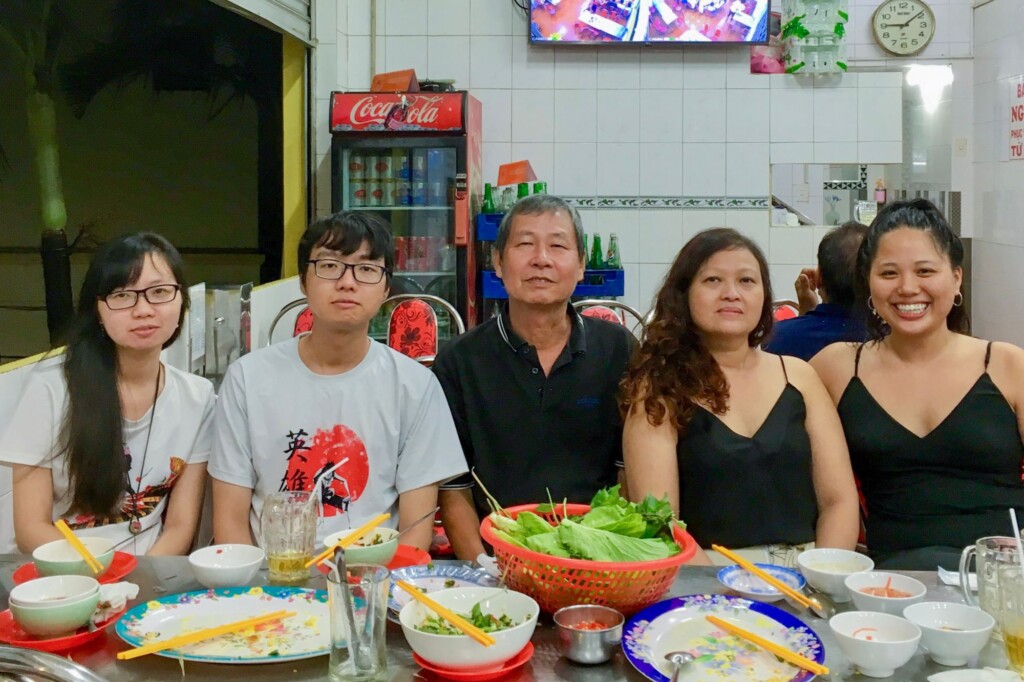
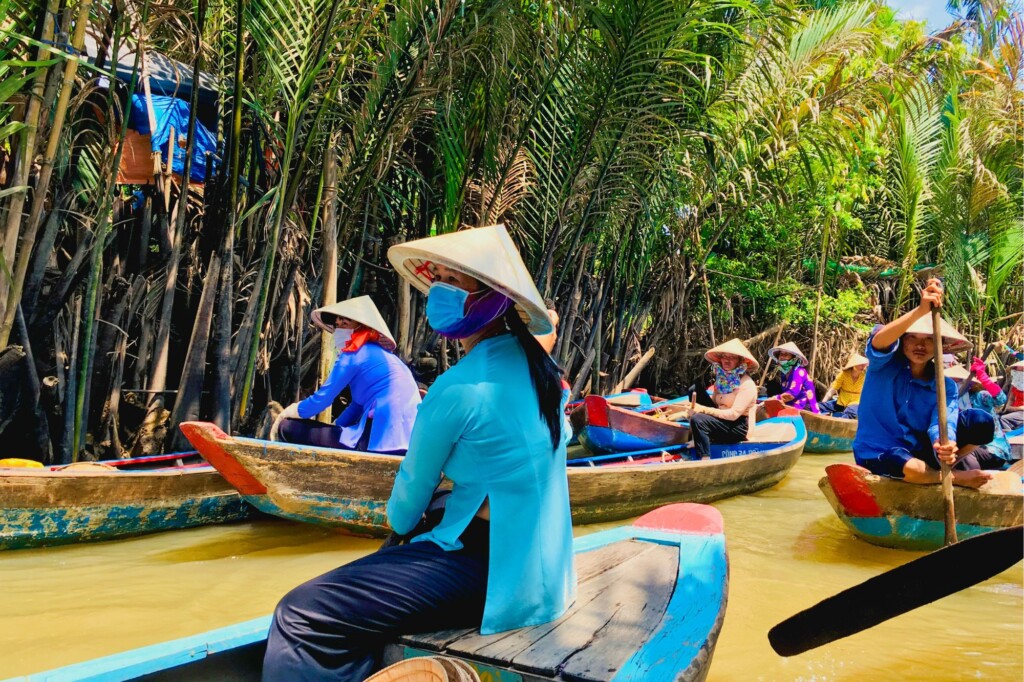
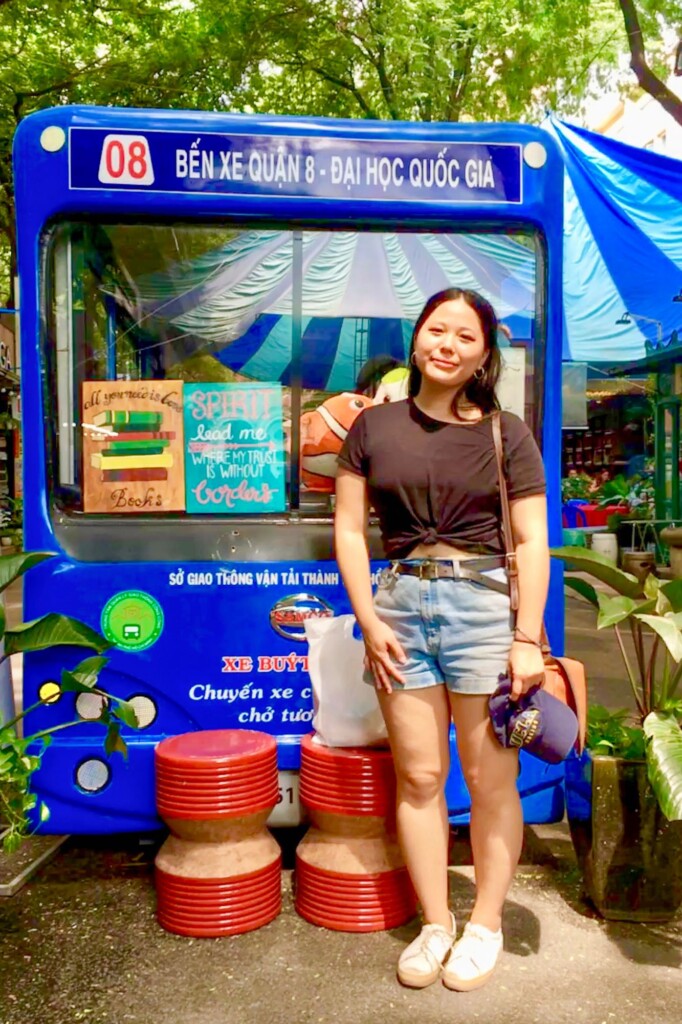
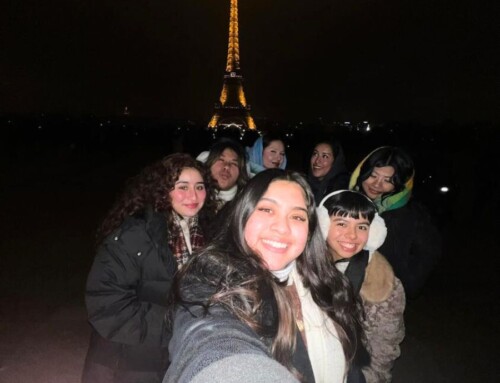


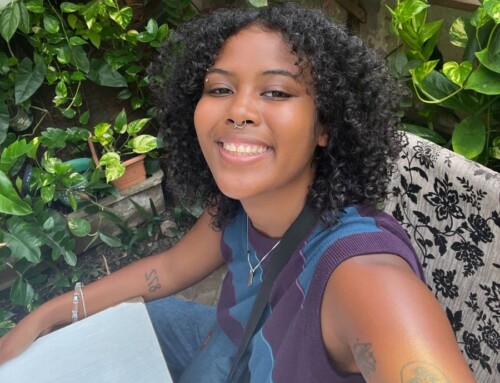


Leave A Comment